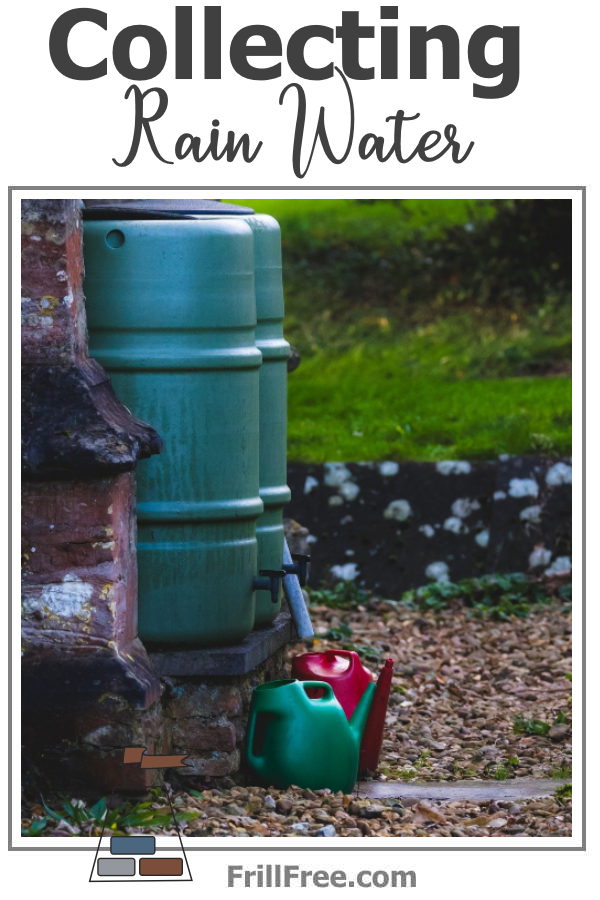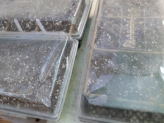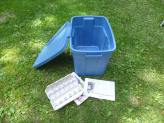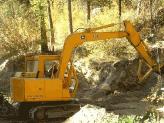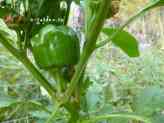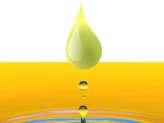- Homesteading
- Frugal Gardening
- Collecting Rain Water
Collecting Rain Water
Harvesting That Valuable Commodity
I am a participant in the Amazon Services LLC Associates Program, an affiliate advertising program designed to provide a means for me to earn fees by linking to Amazon.com and affiliated sites. Other links on this site may lead to other affiliates that I'm associated with.
Rainwater seems to be free, when it falls from the sky. But if you don't know anything about collecting rain water, it drains away into the ground.
Collecting rainwater can be an effective way to conserve water and reduce your utility bills. Rainwater harvesting is the process of collecting and storing rainwater for later use. It is a sustainable practice that can be implemented in various scales, from simple rain barrels to more complex systems for residential or commercial buildings.
Here are some steps to guide you through the process:
1. Research Local Regulations:
- Before setting up a rainwater collection system, check local laws and regulations as some areas have restrictions on rainwater harvesting.
2. Choose a Collection Site:
- Identify areas on your property where water naturally runs off, such as roofs or gutters.
- If you're still in the planning stage of building your homestead, take this important feature into account. Make shed roofs rather than one with lots of angles and gutters.
3. Install Gutters and Downspouts:
- If your roof doesn’t have gutters, consider installing them to direct rainwater to your storage tanks. Ensure downspouts are securely connected.
4. Select a Storage System:
- Choose a rain barrel or a larger tank. Make sure it is made from safe materials if you plan to use the water for watering edibles or household use.
- Add a fine mesh screen over your rain barrel or tank opening to keep debris and insects out, and to prevent animals or birds from getting in and meeting an unfortunate end. Check periodically to make sure that the mesh is still in place, especially after a storm which may dislodge it.
5. Connect the System:
- Redirect downspouts to your rain barrel or storage tank. Ensure the barrel has an overflow valve to manage excess water.
6. Add a Filtration System:
- If you plan to use collected rainwater for potable purposes, install a filtration and purification system.
7. Maintain Your Collection System:
- Regularly clean gutters, downspouts, and barrels to prevent blockages and contamination.
- Check for leaks and ensure that all connections remain secure.
8. Use the Collected Water Wisely:
- Use the rainwater for watering gardens, flushing toilets, or laundering clothes, depending on its quality and your setup. The most prized
quality
in rainwater is the lack of minerals - your grandmother used it for washing her hair for good reason.
By following these steps, you'll be able to effectively collect and use rainwater, contributing to both environmental conservation and cost savings.
Benefits of Rainwater Harvesting
Conserves Water and Reduces Utility Bills: By using collected rainwater for non-potable purposes like watering gardens, flushing toilets, and washing clothes, you can significantly reduce your reliance on municipal water and lower your water bills.
Reduces Stormwater Runoff: Collecting rainwater helps to reduce the amount of stormwater runoff, which can in turn lessen soil erosion, flooding, and the pollution of surface water with pesticides, sediment, and fertilizers.
Promotes Healthy Plants and Soil: Rainwater is naturally soft and free of chlorine and other chemicals found in tap water, making it ideal for watering plants and gardens.
Reduces Carbon Footprint: By reducing the demand for treated water, rainwater harvesting helps to conserve the energy used in water treatment and transportation, thus lowering your carbon footprint.
Provides Water During Droughts: In areas prone to drought and water shortages, having a stored supply of rainwater can be a valuable resource. In past summers, I used predominantly stored rain water to keep my gardens from drying out - they got a judicious amount of water, and heavy mulching in the wait for rain.
Methods of Rainwater Harvesting
There are two primary methods of rainwater harvesting:
1. Surface Runoff Harvesting: This method involves collecting rainwater that flows along the ground. This water is often directed to a storage tank or used to recharge groundwater.
2. Rooftop Rainwater Harvesting: This is the most common method for residential use. Rainwater is collected from the roof and channeled through gutters and downspouts into a storage container.
The collected rainwater can be stored in various ways:
Rain Barrels: The simplest and most common method for residential rainwater harvesting. A barrel is placed under a downspout to collect rainwater from the roof.
"Dry" System: This is a variation of the rain barrel system where the collection pipes are empty before the next rain. It's a simple and affordable option.
"Wet" System: In this system, the collection pipes are located underground and remain full of water. This allows for the collection of rainwater from multiple downspouts into a single, larger storage tank.
Underground Storage Systems: For larger-scale collection, rainwater can be stored in underground tanks or cisterns.
Regulations With Regard To Collecting Rain Water
It is important to be aware of local regulations regarding rainwater harvesting. While it is legal in most places, some municipalities may have specific guidelines or restrictions.
For example, in Canada, there are guidelines for residential rainwater harvesting systems at the national level, as well as provincial and municipal guidelines in places like Ontario and Calgary.
In areas in the US the considerations of 'downstream' users could take precedence over collecting water off your own roof.
It is always best to check with your local authorities before installing a rainwater harvesting system.
Finding ways to harvest the rain that falls, and storing it safely so it doesn't get algae growing it, and then using it wisely will give you the edge in times of drought.
You don't need a lot of storage if all you can find is a few barrels, but they will make a huge difference when you need to water plants with it. Usually, by mid summer, things are starting to slow down, but the plants that need a lot of water will suffer without a good supply of it.
Tomatoes are a prime example. The plants themselves will grow without a lot of moisture, but once the fruit starts to form it will be a lost cause if they don't get steady supplies. Blossom end rot is a prime cause of crop failure, caused by too little moisture in the soil which prohibits calcium uptake by the roots.
Setting Up Your Rain Barrel
There are several methods to add a faucet to rain barrels, ours is simple. We use the blue plastic barrels that are commonly used for food products. Get one that's already cleaned out, or used for something like raspberry juice that you won't mind the smell of.
Find the type of tap like this one that has a threaded end, drill a hole a tiny bit smaller and then screw the end of the tap into the hole. No caulking needed!
